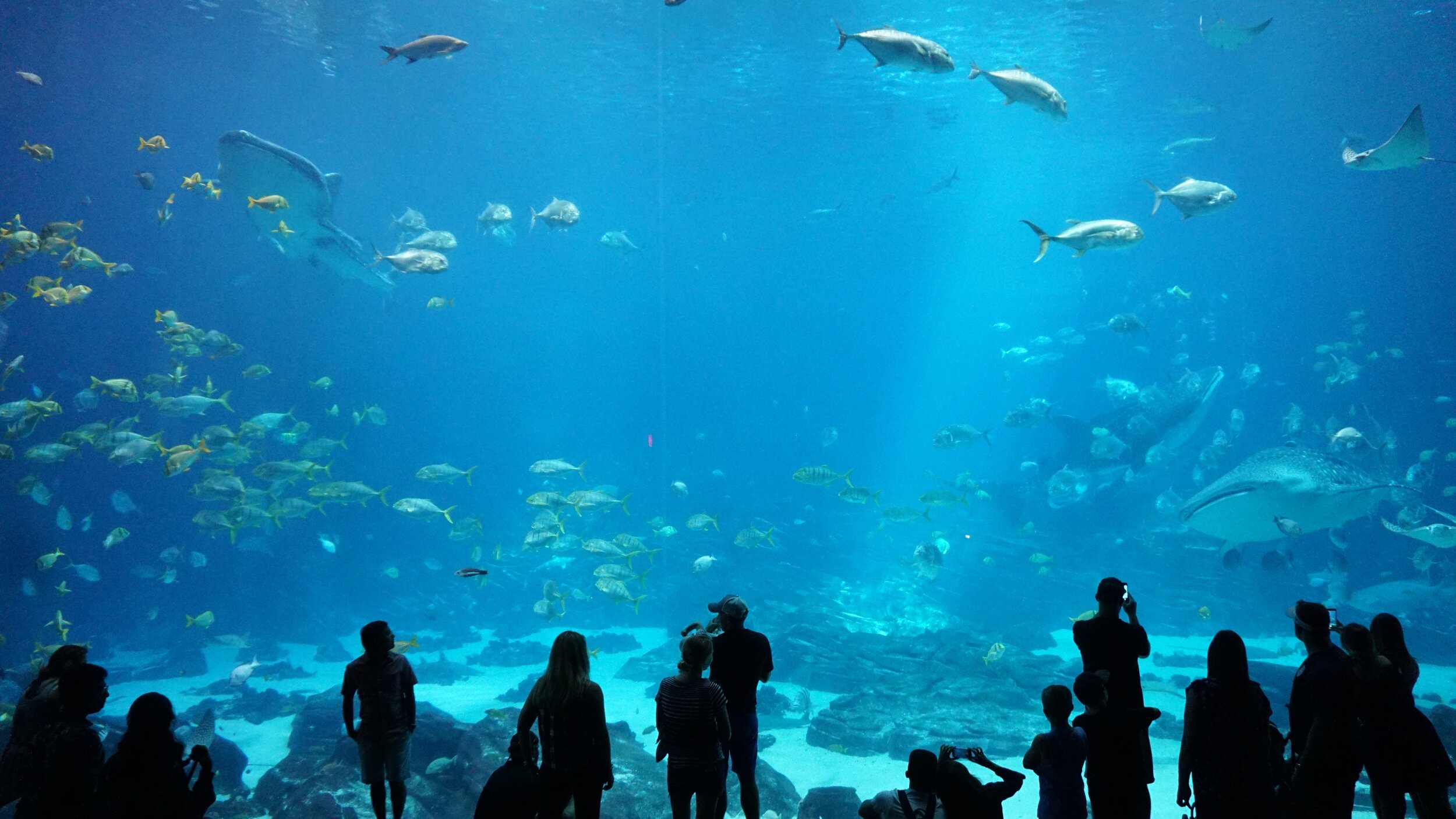
Birch Aquarium at Scripps Institution of Oceanography
Project Type: Interactive Exhibit, Internship
My Role: Product Designer
Tools: CAD, MATLAB
Skills: Interaction Design, Usability Testing, Engineering Design
This was a Summer Engineering Experience with EnVision Maker Studio of Jacobs School of Engineering. I worked with Birch Aquarium at Scripps Institution of Oceanography to deliver a scientifically accurate, interactive exhibit that educates users and inspires conservation efforts in a fun and engaging manner.
Challenges
Children need an interactive and engaging way to be educated about the global warming effects on the ocean, because children learn through play.
Outcome
We delivered an air hockey tabletop design that features changing albedo values in response to float icebergs that pass under the sensors.
General albedo model
Context: What is Albedo?
Albedo is the ratio of reflected light over incoming light.
More light is reflected off of brighter surfaces like ice, resulting in a higher albedo value. However, as ice melts and more ocean is exposed, less light is reflected off the ocean surface, producing a lower albedo value. As the global albedo value decreases, ice melts more rapidly.
Approach
In our needfinding process, we observed visitor behaviors, conducted interviews and research.
We discovered that the most popular attractions were robust, while providing physical feedback. However, it was also clear that some kids did not receive the educational message that was meant to support the exhibit. Our clients also required the exhibit to retain its scientific accuracy.
Finally, we came up with the following mission statement:
"To engineer an educational Albedo exhibit that physically responds to user interaction, while maintaining scientific accuracy."
In the ideating process, we generated 3 different concepts of a tabletop, globe, and room design. We discussed the pros and cons of each design, while considering feasibility. Due to the nature of our light sensors (the range and sensitivity), we decided to settle with the tabletop design.
For our prototype, we used two light sensors. One top sensor to measure the incoming light, and one bottom sensor to measure the reflected light. By taking the ratio of the reflected to incoming light, we were able to digitally display an albedo value.
In order to ensure scientific accuracy, we conducted multiple tests alongside the real pyranometers to compare our albedo values to the real albedo values used for research.
Output
Our deliverable is an air hockey tabletop design that features changing albedo values in response to float icebergs that pass under the sensors.
This is a picture of our custom PCP boards which house the top and bottom light sensors.
As floating icebergs pass under the sensors to change the albedo values, the LED lights around the table also provide visual feedback to the users. As albedo is lowered, the lights turn red to reflect a heating effect. As albedo rises, the lights turn blue to show a cooling effect.
Interactive Albedo Tabletop Exhibit
Special thanks to Jesse Dewald, Daniel Yang, Paul Llanura, and Adam Johnson






